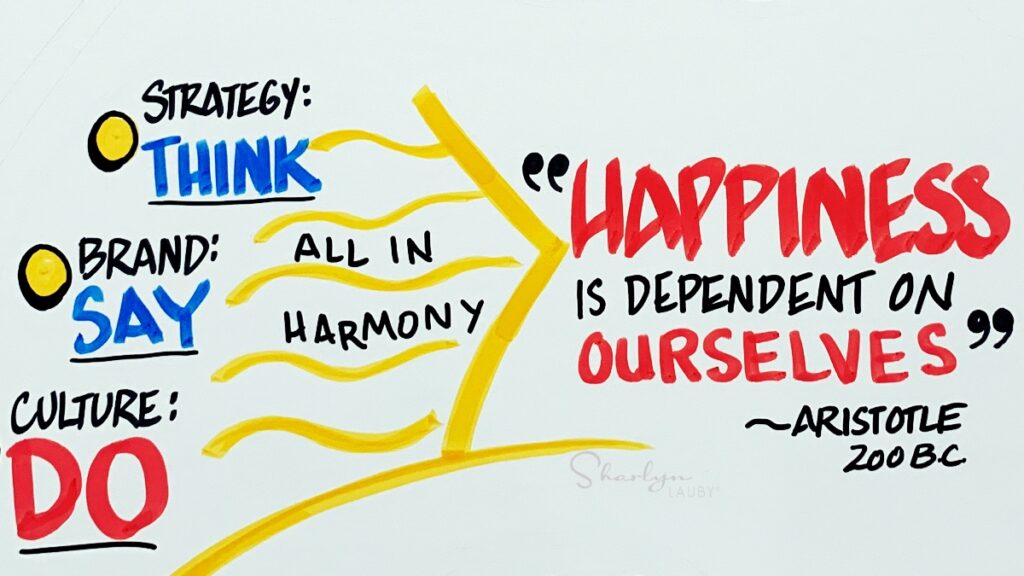Estimated reading time: 3 minutes
Years ago, I worked on a project where the client company was convinced that their problem was staffing. They kept telling everyone that they didn’t have the right people. And that employees weren’t being trained properly. After a thorough analysis, the problem was discovered to be with scheduling. Oh sure, the company could have used a few more high-performing employees and some better training. But the bottom-line was that employees weren’t being scheduled when the operation needed them the most.
This story always reminds me that staffing and scheduling are two different things. Staffing is about finding the right people to do the work. And scheduling is about making sure they show up at the right times. Both are equally important.
As the labor market continues to challenge organizations, this will be a real issue. If you have one employee who completes a specific task every week, what is the company going to do if that person resigns tomorrow? While the company can simply dump the work on another employee’s desk, that doesn’t mean they’re the best person for the task. It also doesn’t mean it’s good for employee morale.
Add to the staffing situation the fact that nobody wants bad scheduling – – not organizations or employees or customers! Companies don’t want the lost productivity. Employees don’t want to be bored or overworked. Customers don’t want a frustrating experience. Organizations should look for ways to improve their scheduling processes using operational and technology tools. It’s a win for everyone!
Use operational planning tools to understand peak and slow times. Every organization has busy and slow times. Understanding the operation will keep departments from over- and under- scheduling. It might identify times when a freelancer or contractor could be beneficial, versus hiring full-time staff. Not only will it help the business run smoothly, but it keeps managers from calling employees in or sending them home when they may/may not be needed.
Identify key tasks that must be completed during operational shifts. Think about what needs to happen during each shift in your organization. I’m reminded of my time in the hospitality industry when we created opening and closing checklists. The checklist served as a reminder for what needed to happen. And it became more of a team responsibility versus an individual one. An employee might do 1-2 items. Another was responsible for 2-3 items.
Talk with employees about their scheduling preferences. Not everyone wants to work Monday through Friday from 9a to 5p. And not all employees want holidays off. Managers should take the time to get to know their employees and when they like to work. Then give employees access to modern workforce technologies that allow employees the flexibility to facilitate shift trades and last-minute coverage. Think of it as creating a scheduling partnership.
Encourage cross-training. If you’re business runs into a lot of “last-minute” requests, consider cross-training employees. Instead of calling someone in to handle a last-minute task, organizations can ask someone to stay an extra hour or reprioritize their workload. Cross training can be invaluable when an employee calls in sick or takes vacation. This could also be very helpful with internal mobility opportunities.
A big part of running a smooth operation is making sure that the right people are working at the right times. It’s also making sure that “back-ups” are in place so those “right people” can take a day off, go to an all-day training event, or deal with an emergency. Employees can focus on what they’re doing while at the same time, the company can focus on running the business.
Image captured by Sharlyn Lauby after speaking at the SHRM Annual Conference in Orlando, FL
The post Is the Problem with Staffing or Scheduling – Know the Difference appeared first on hr bartender.



0 Commentaires